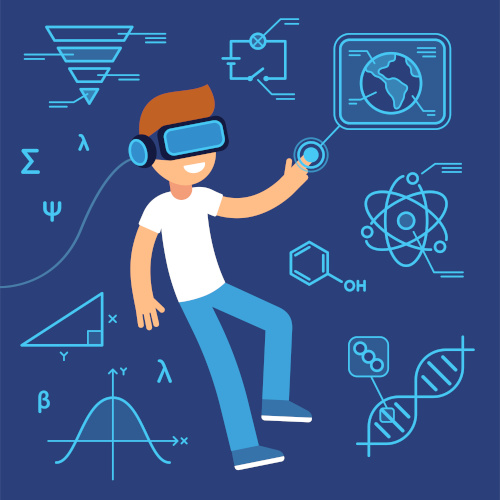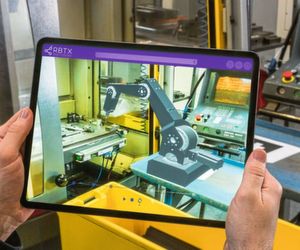The immersive qualities of virtual reality provide an opportunity to rethink traditional workforce development.
Corporate training and development programs have long followed traditional paths, generally with some combination of written materials, videos, e-learning courses, in-classroom workshops, and hands-on observation of an instructor. But as companies transform their businesses to be more digital, the emergence of virtual reality (VR) technology provides an opportunity to rethink traditional training to better serve a more digitally connected and diverse workforce.
VR offers an immersive and potentially more compelling platform for learning than traditional classroom lectures, online courseware, or dated videos, regardless of whether the topic is sales pitching, customer service, or leadership coaching.
“[In VR,] the training they are doing is the test – there’s no quiz at the end,” Hugo Avilla, digital lead at Novartis, said at the 2019 Oculus Connect conference. “If you design it right from beginning to end, they will know what the experience is, and they will be able to recall that experience once they’ve done it.”
Different use cases for ‘V-learning’
“V-learning” (virtual learning) is already proving to be more effective than traditional classroom training or e-learning. In a PwC study on the effects of VR soft skills training in the enterprise, VR learners were up to 275% more confident to act on what they learned after training, a 40% improvement over classroom training and a 35% improvement over e-learners. In addition, VR learners were four times more focused, finished their training four times faster than classroom training, and were 3.75 times more emotionally connected to the content.
Faster and more effective learning is not just better for employees – it also helps organizations reduce costs in their learning and development programs in a few key areas:
- Reducing the number of facilitators and instructors
- Reducing the time required for learners to attend and absorb training
- Fewer travel and facilities costs for larger workshops or educational conferences.
Better-trained employees also can save time spent on various processes (for example, project management or responding to customer inquiries). In addition, better training of sales teams or customer support reps can increase customer conversion rates or customer retention.
VR training becomes even more cost-effective when used at scale. The PwC study found that VR training achieved cost parity with classroom training at 375 learners and cost parity with e-learning methods at 1,950 learners. “In every company, an employee’s time has value, so the more time workers save, the faster you can achieve positive ROI,” the study notes.
VR is becoming a valuable tool for employee learning and development. As more businesses get comfortable with the technology, they will find that employees are more engaged and focused, and therefore can learn faster and more effectively than traditional training approaches.
Learn more about how virtual reality eliminates physical barriers and provides powerful new ways to connect, collaborate, and learn.
Quelle:
https://www.cio.com/article/3572930/vr-raises-the-bar-on-corporate-training.html
Foto: Oculus Business




